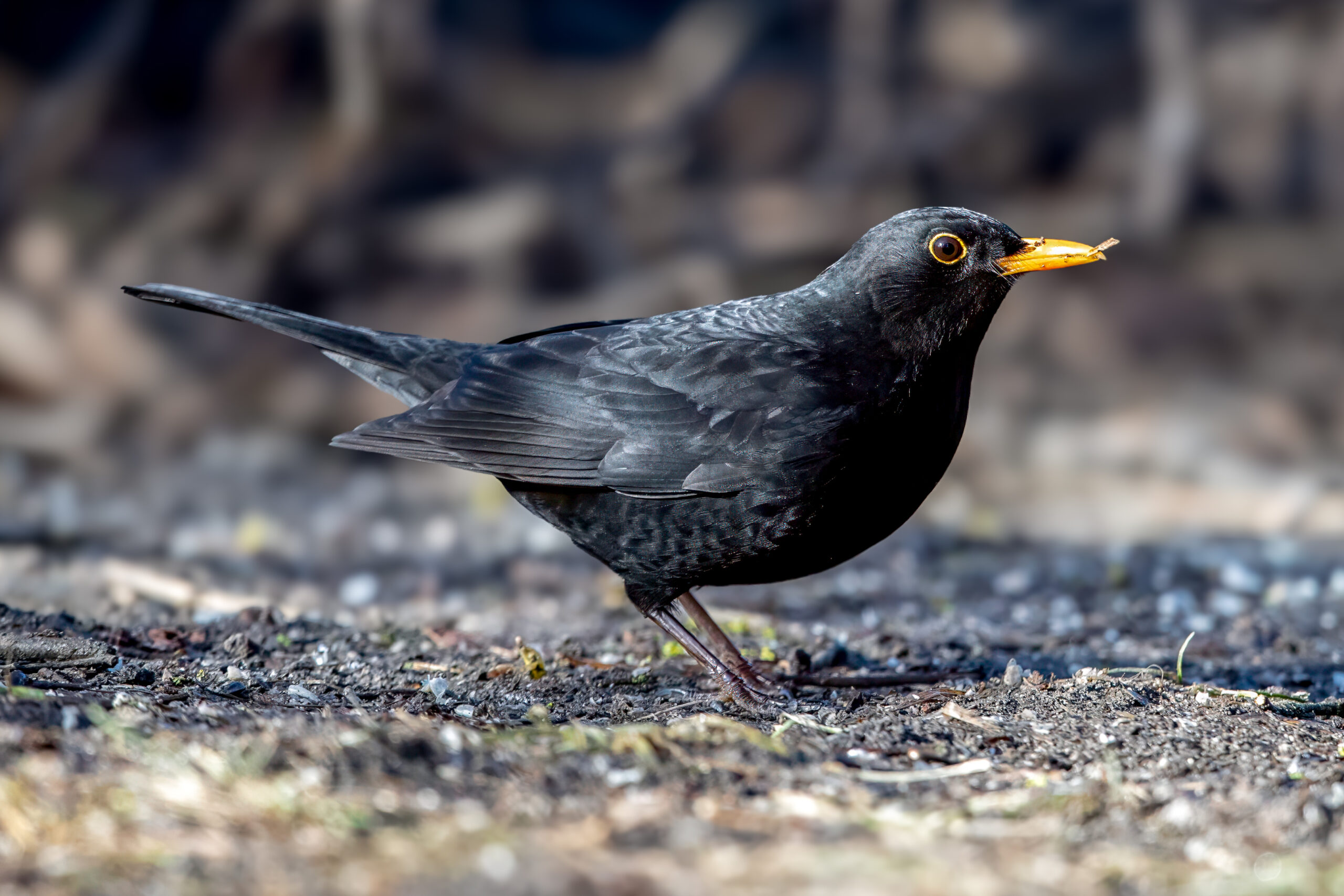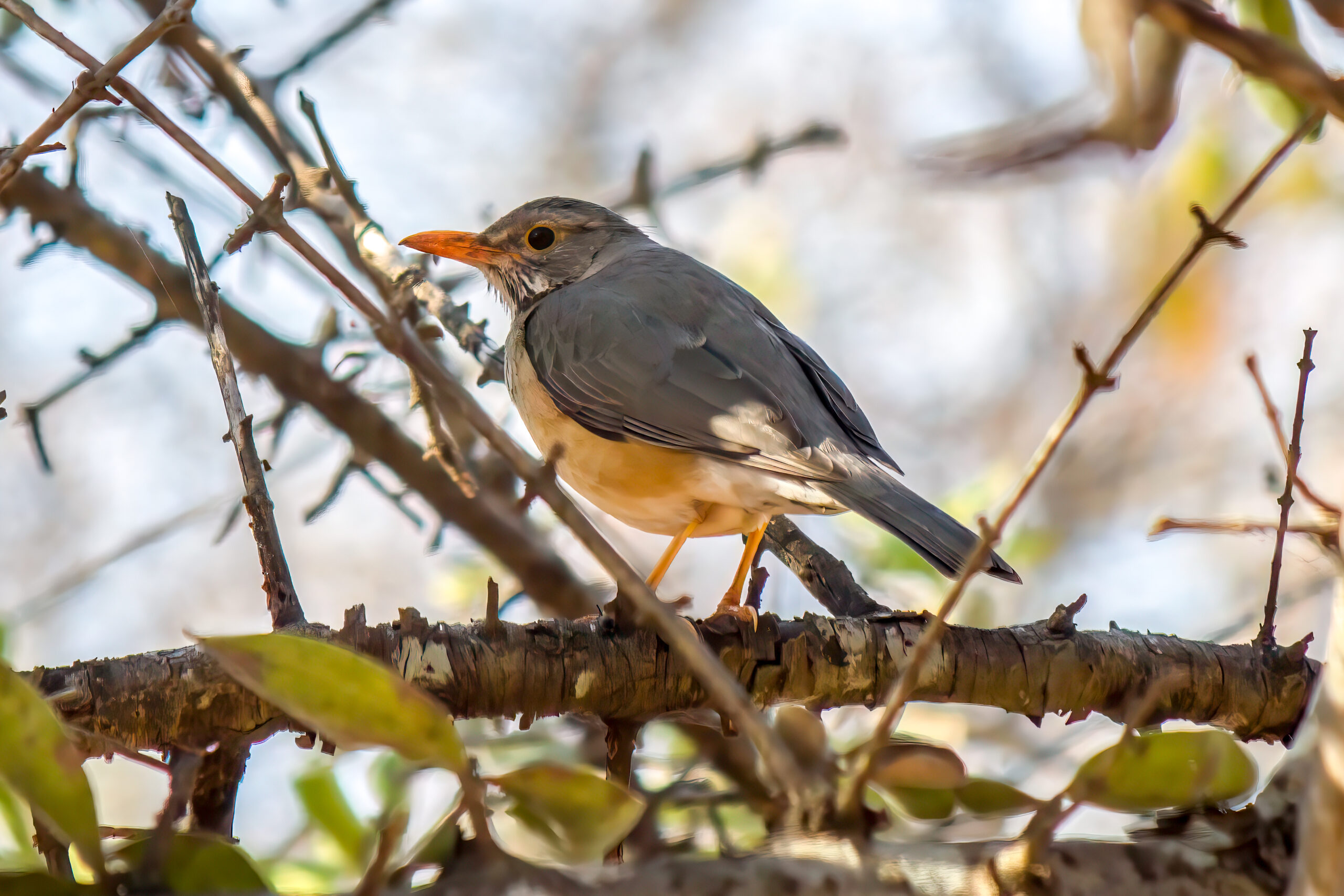Description
The fieldfare (Turdus pilaris) is a thrush found across most of Europe, northern Asia and parts of North Africa. Adults typically measure between 24 to 28 cm (9.5-11.0 in) in length, with a wingspan of 34 to 42 cm (13.4-16.5 in). They are characterized by their grey head and rump, brown back, black tail, and a speckled breast. Fieldfares have a distinct “chack-chack” call and are often seen in flocks, especially during migration. They differ from similar species like the redwing (Turdus iliacus) and song thrush (Turdus philomelos) by their larger size, grey head, and more extensive social behavior during winter.
Diet & habitat
Fieldfares thrive in a variety of habitats, including woodland edges, farmlands, orchards, and parks, showing a particular preference for areas with scattered trees and open ground. Their diet is diverse, consisting primarily of insects and earthworms in summer, and berries and fruit in the winter months. They feed on the ground, often in flocks, which helps in locating food and avoiding predators.
Migration
Fieldfares travel from their breeding grounds in the northern parts of Europe and Asia to winter in southern Europe, North Africa, and South Asia. This migration, initiated by the search for food as their diet shifts towards berries and fruit in winter, begins in late September or early October. Large flocks, often seen alongside redwings, navigate vast distances to exploit different ecological niches throughout the year. The return to their breeding territories occurs in early spring, around March or April, driven by the availability of invertebrates. Their social migration strategy not only aids in survival but also underscores their adaptability to changing environments. Fieldfares of Central Europe and southern Scandinavia do not migrate and are resident all year round.
Nesting
The breeding season for fieldfares begins in late March, extending through to July. They are communal birds, often forming loose colonies when nesting. These birds are known to aggressively defend their nests against predators, even going so far as to attack humans or large mammals that venture too close. Nests are typically built in trees, constructed from twigs, grass, and mud, and lined with softer materials. A female fieldfare lays 4 to 6 eggs per clutch, with the eggs incubating for about 13 to 14 days before hatching. Fledglings then leave the nest approximately 14 to 16 days later, though they are cared for by both parents throughout this period.
Status
The fieldfare is widespread, common, highly adaptable, and does well in environments altered by humans. Its populations are stable and it is listed as least concern on the IUCN Red List.











